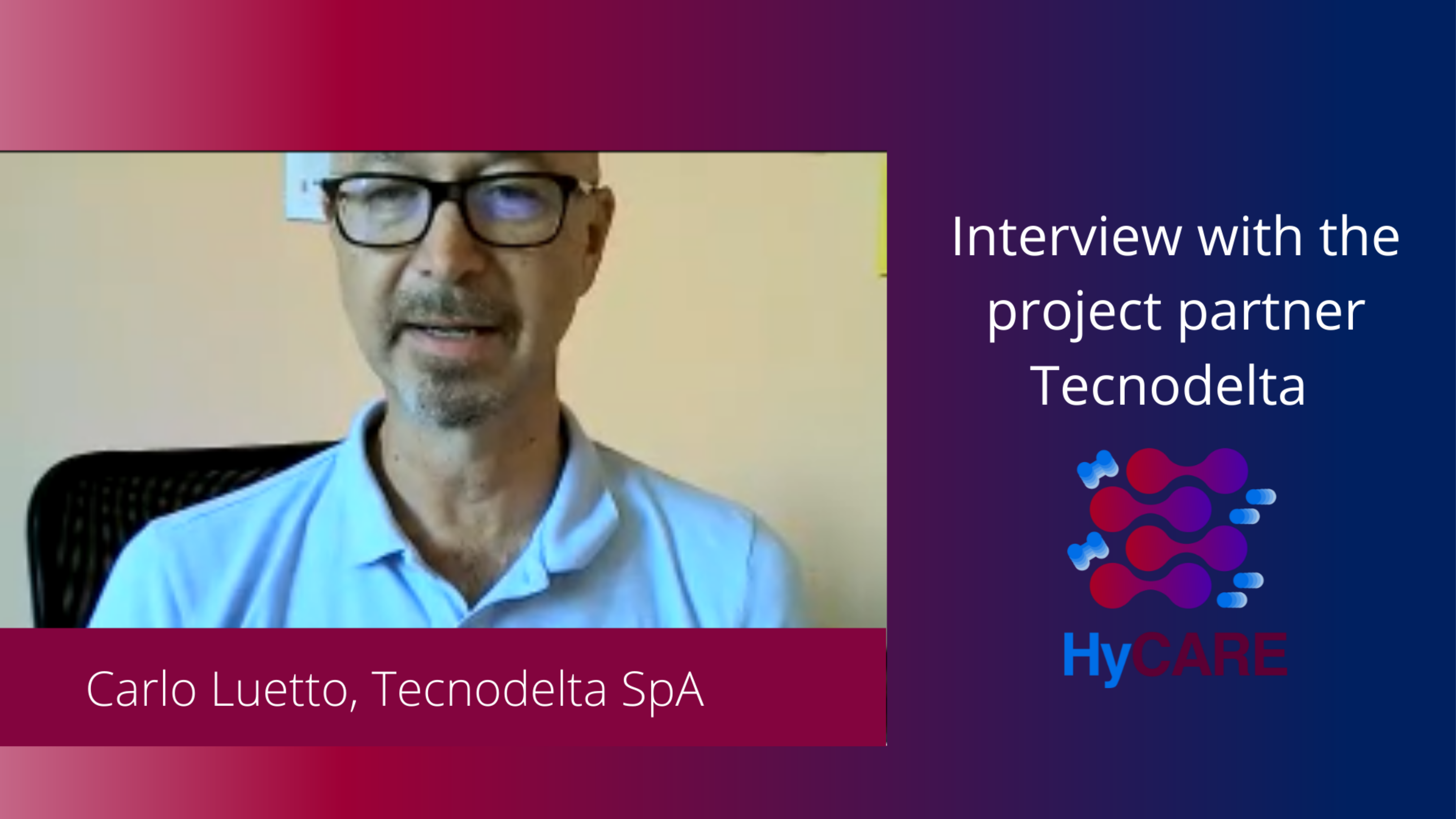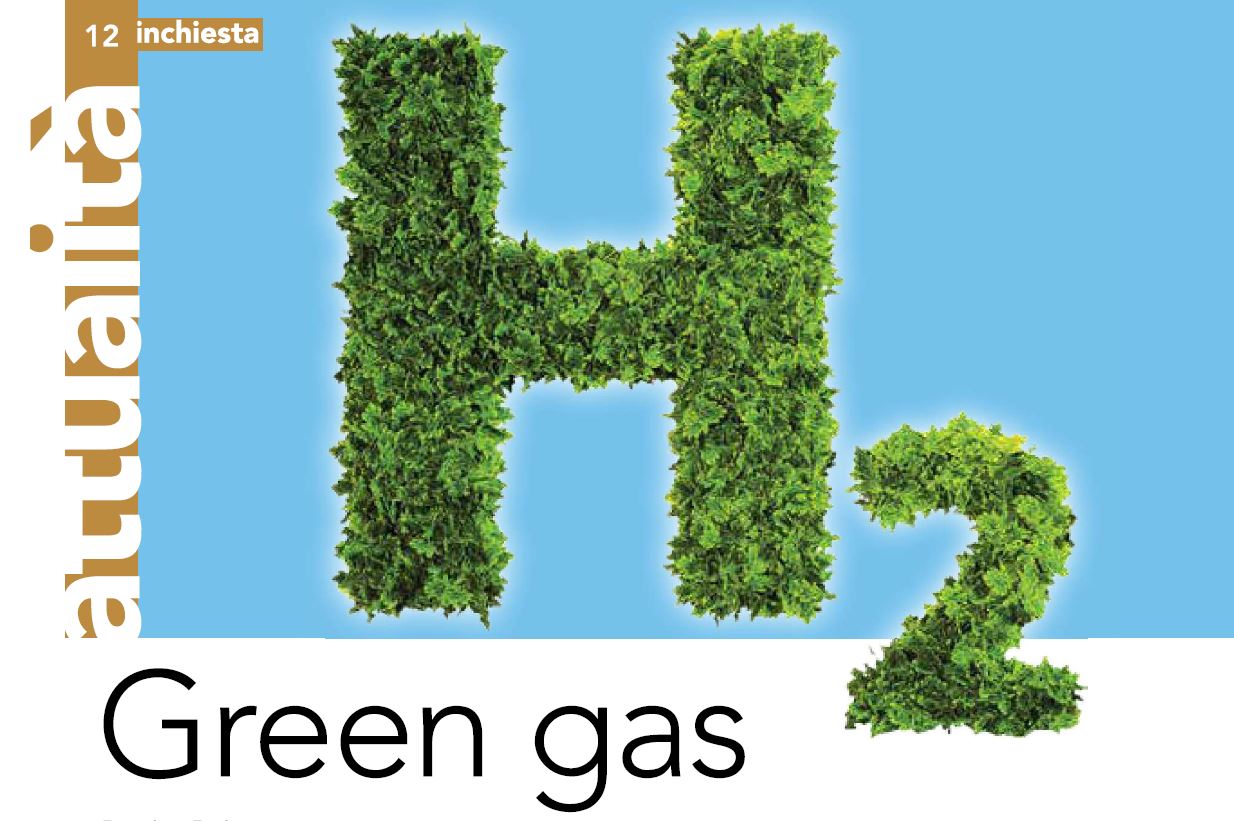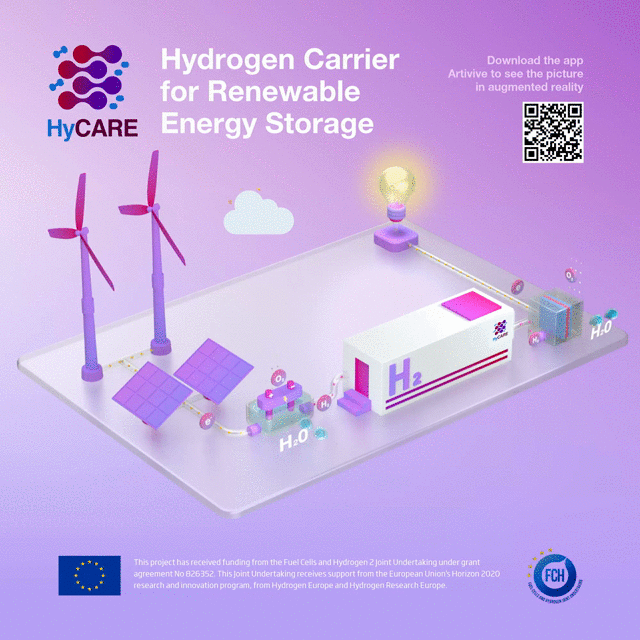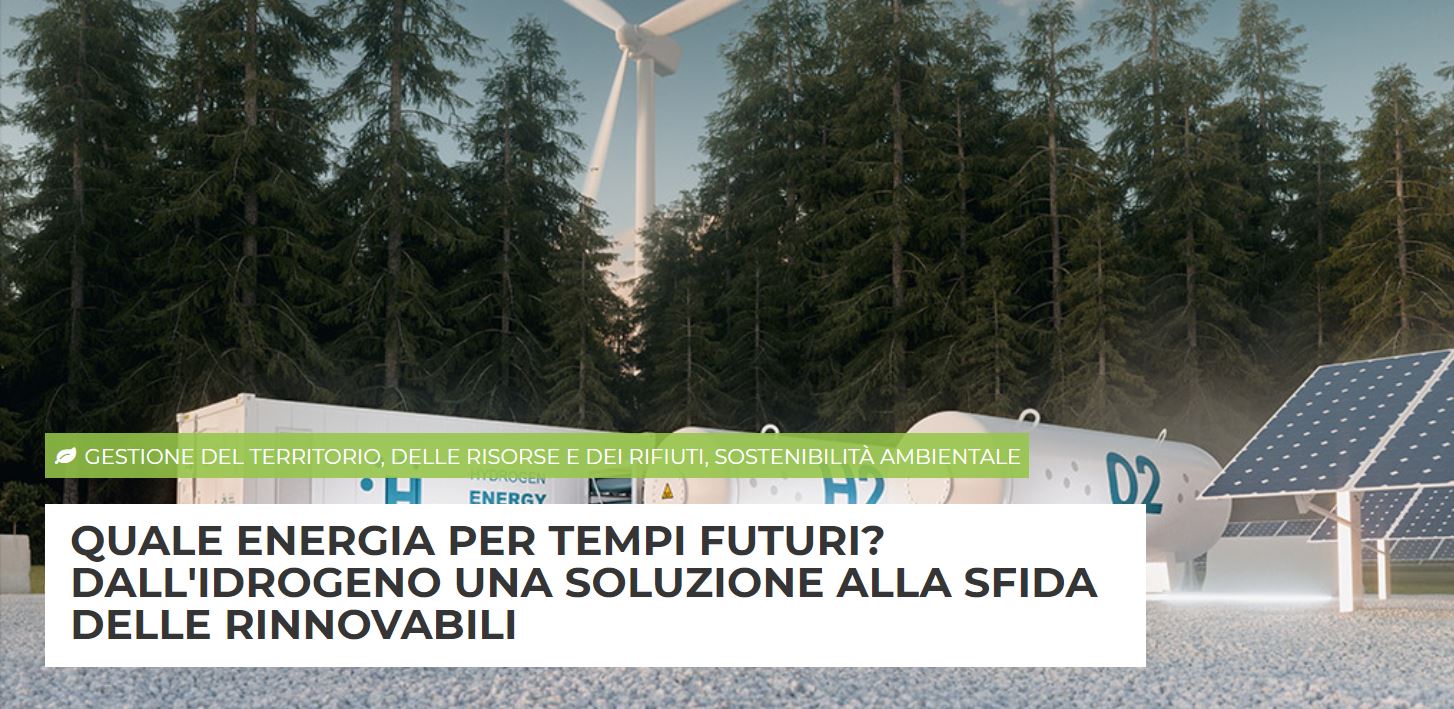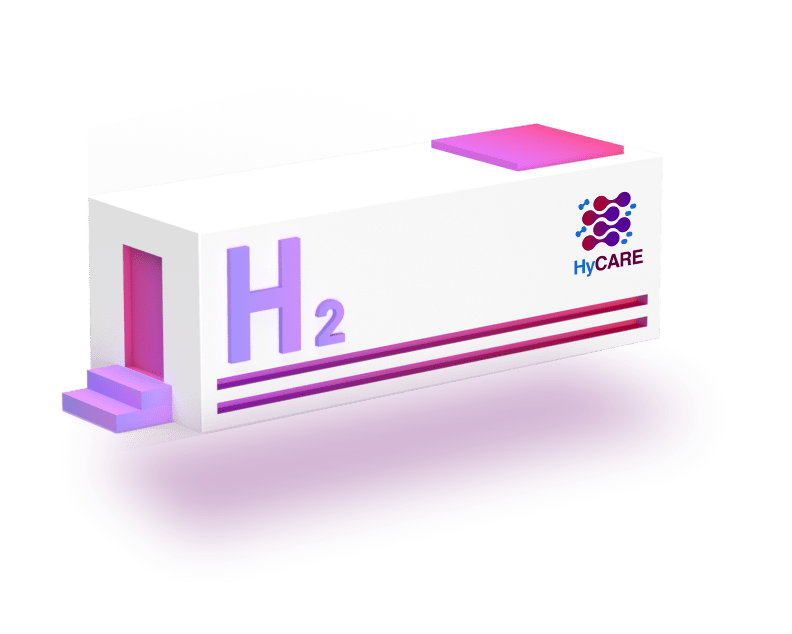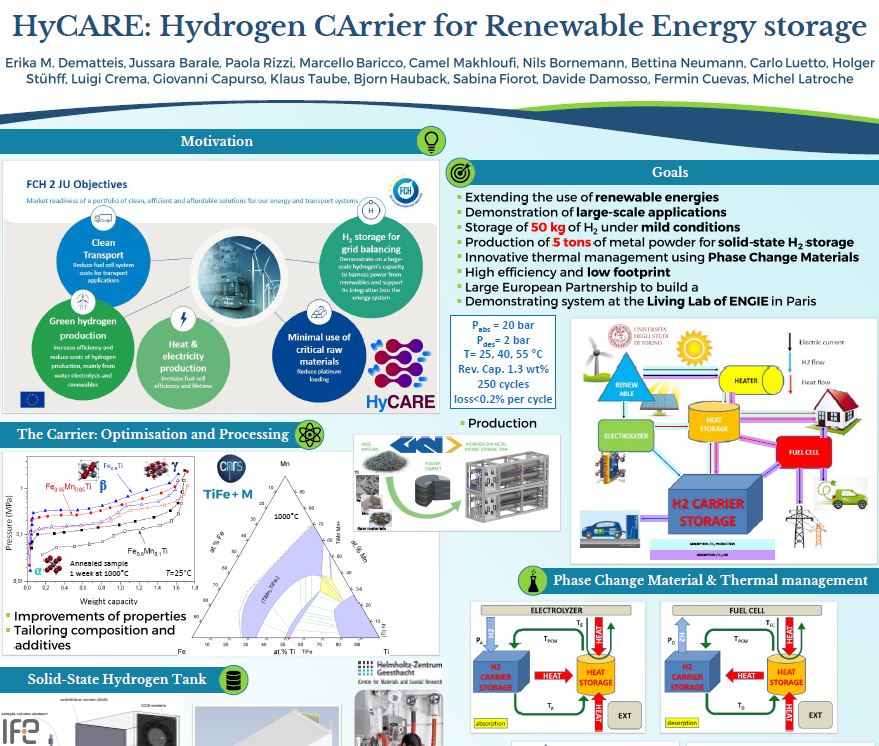Stühff GmbH: HyCARE system assembly
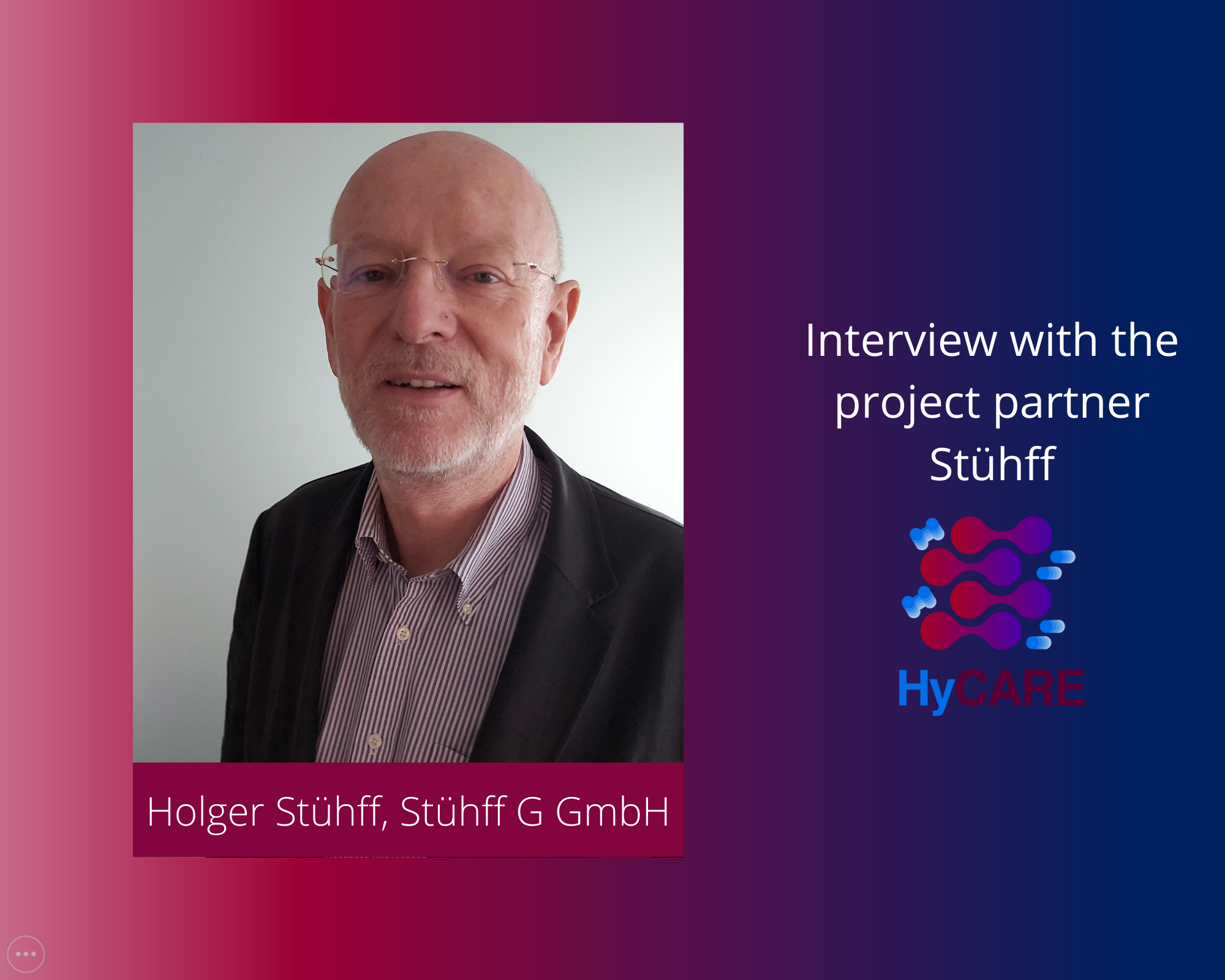
Interview with Holger Stühff, managing director of Stühff GmbH’s
Author: Marrianna Franchino (Environment Park)
Holger Stühff is the project leader of the development, design and manufacturing of the HyCARE metal hydride hydrogen-storage tanks. Stühff has been working on the assembly of the HyCARE system, integrating multiple components in the container, from the MH (metal hydrides) and the PCM (phase changing materials) tanks to the other components such as measuring instruments, safety devices, electrical cabinet and control unit, needed for the system running. In this interview, we will discover Stühff experience, challenges and next steps as HyCARE partner.
Stühff is in charge to design and manufacturing the HyCARE’s tank, what are the main steps you performed and what was the main challenge overall?
Our role in the HyCARE project is to integrate the system components, design and build the tank which contains all of them. What we found challenging was the refinishing of the process parameters and the step of design and dimension size of the pressure vessels, together with the PCM tank configuration inside the container. During the process, a lot of ideas and suggestions came out from all the project partners. It has been a long way before to find out the final MH and PCM tanks configuration inside the HyCARE plant in order to reach the final goal to store up to 40 kg the hydrogen in the metal hydride. In this process, it was crucial the cooperation with the other partners, specifically with Tecnodelta and GKN for the identification of the right volume of the metal hydride to supply inside the tank and its behaviour, CNRS for what concern the final storage parameters to consider.
Did you perform some changes compared to the initial design?
As I said, it took a long time and efforts to identify the final HyCARE tank layout, specifically waiting for the PCM tank information. Indeed, inside the container, the main volume is occupied by the PCM tank. Our question was if it was better to have the two tanks inside the container or install the PCM outside, since its significant volume at the expense of the heat exchanger system performance. Finally, we decided to confirm both of the tanks to be placed inside the HyCARE container, enabling the best conditions for the heat management operations.
Did Stühff find some issues during this period of materials scarcity and how did you manage them?
As Stühff, we started to have troubles with some products supply since the beginning of 2022, especially for some electrical components coming from China and causing problems to the European supply chain. Currently, we are still waiting for one of these electrical products which is crucial for the system finalisation. Thinking to another solution, we concluded together with the Consortium that replacing it with another one was not worth the efforts. The consequences would be a redefinition of the design, other expenditures without the assurance to receive it in time. Right now, the best solution is to wait for the defined missing component and finish the HyCARE tank later on the planned time, hoping next October. Anyway, considering the global situation and the Ukraine-Russian conflict, it is not surprising a cost increase for these materials and their scarcity in the next future.
What are the last steps to improve e finalize the hydrogen-heat tank? The commissioning of the system is planned at the ENGIE site, how you coordinate each other and what are the planned time?
After the last electrical component installation next autumn, we will perform last tests for the pre-commissioning step in our Geesthacht site in Germany. If the tests results will be positive, the system will be ready to be sent to Paris at the ENGIE site. Here, the installation will be completed with all the components: besides the MH and the PCM tanks and the pumping system, the Engie’s electrolyser and the fuel cell will be connected to the plant, while the cabinet and the heat management system will be integrated outside the container for safety reasons. Nevertheless the system is very innovative, the operation procedures are not affected by specific risks that are not already mentioned in the HAZOP analysis already taken. Beside these considerations, we look forward to the final event planned on 21st April 2023 at ENGIE Lab Crigen, where the HyCARE demonstration plant will be presented.
What is the added value to work and cooperate with the international team of HyCARE for the final results of the project and the system manufacturing from your point of view?
For Stühff is the first time in an international project and our experience within the Consortium is really positive. It was a true learning process for all of us in these months of activities, on which we have also discovered more on the metal hydrides capacities and on the PCM approach. We hope to replicate again this collaboration in further projects. A special thanks to Marcello Baricco, who played an important role as project coordinator and made the work all together very fruitful.
